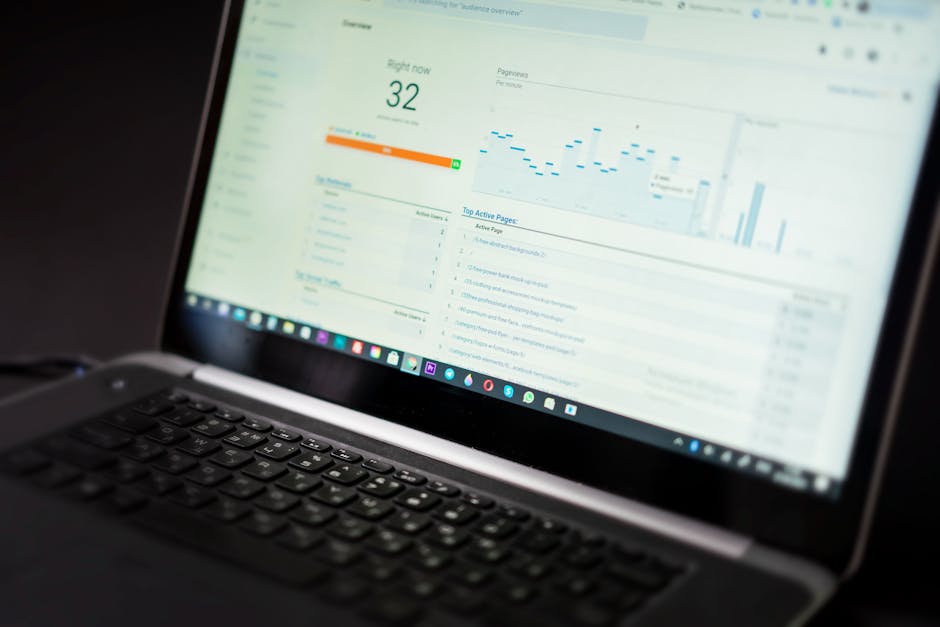THE SILENT LEAK: WHERE CLIENTS SLIP AWAY
Real estate leaders must master proactive retention by identifying warning signs and deploying effective, data-backed interventions. The following strategies outline a comprehensive approach that transforms raw data into actionable insights without losing that vital personal touch.
Strategic Groundwork
This phase is all about precision and analysis. Leaders start by examining key performance indicators (KPIs) such as churn rate thresholds, client engagement scores, and time-to-intervention metrics. By leveraging anticipative retention frameworks and insights like those found in Zendesk’s guide, teams can pinpoint potential churn signals before they escalate. Regular weekly tracking ensures that every data trend is translated into a strategic response.
Dual-Perspective Innovation
Marrying hard data with professional intuition is the essence of innovation. Case studies from industry stalwarts, like Keller Williams, demonstrate that blending tangible metrics with instinct leads to more effectively tailored interventions. Techniques such as predictive churn algorithms incorporate historical data together with real-time client behaviors, creating a dynamic strategy that originally drew inspiration from retail methodologies yet proves equally powerful in real estate.
Tactical Execution
Timing is key. Research by Amplitude and Accenture underscores the importance of initiating personalized engagement at the moment it matters most. Automation within customer relationship management systems (CRMs) generates real-time KPI alerts when clients approach critical churn risk thresholds. This immediate response, bolstered by digital outreach, creates personalized yet data-driven messages that resonate with each client.
Technological Synergy
The future of client retention is digital without sacrificing warmth. By using automation platforms inspired by guides from Braze, real estate teams can streamline workflows and continuously manage and adjust risk scores. Multi-touch attribution models help identify which digital messages or personal calls yield the best results. This continuous calibration ensures that every re-engagement effort moves closer to restoring client loyalty.
Sustainable Impact
Sustainable strategies rely on iterative learning and feedback. Continuous feedback loops, the application of reinforcement learning models, and the development of standard operating procedures (SOPs) enable firms to maintain a responsive, adaptive retention model. Over time, this model proves instrumental in securing long-term client loyalty even as market conditions evolve.
Retention Tactics That Actually Work
Each retention tactic is a carefully planned trigger-action sequence. The detailed table below outlines concrete steps, ensuring every element of the strategy is backed by data and timed for maximum impact:
| Trigger | Action | Timing |
|---|---|---|
| Abnormal KPI Drop | Initiate personalized digital outreach | Immediately |
| Detected Churn Signals | Deploy retention team intervention | Within 24 Hours |
| Engagement Score Decline | Send appreciation and check-in messages | Weekly assessment |
| Post-Engagement Feedback | Analyze and recalibrate messaging strategy | After feedback review |
| Note: Continuously monitor industry benchmarks, risk scoring data, attrition signal detection, and SOP generation updates. For further analysis, review parallel retention tactic tables from industry reports. | ||
Industry Insider Terminology
Understanding insider terms is key to decoding the nuances of retention strategies. Below is a glossary of essential concepts frequently utilized within the industry:
- Churn Risk Signals
- Indicators that suggest the likelihood of a client disengaging, often measured through engagement metrics and interaction frequencies.
- Referral Gravity
- A term describing the natural pull or incentive a client experiences to refer others based on their satisfaction and loyalty. It plays a significant role in organic growth strategies.
- Post-Close Drift
- The gradual decline in client engagement following the finalization of a real estate transaction, necessitating timely and tailored follow-up strategies.

Learn More About Strategic Implementations
By integrating automated alerts with hands-on client engagement, retention strategies ensure that every risk signal is countered with a personalized touch. These methods are not only backed by industry research from leading firms but are also constantly refined through client feedback and technological innovation. The blend of technology and personal engagement offers a roadmap to not only recognize but also turn churn risk into renewed loyalty.
This approach illustrates a broader trend where real estate firms can convert ghosted pipelines into urgency signals—transforming potential attrition into actionable data that sales teams can work on immediately.